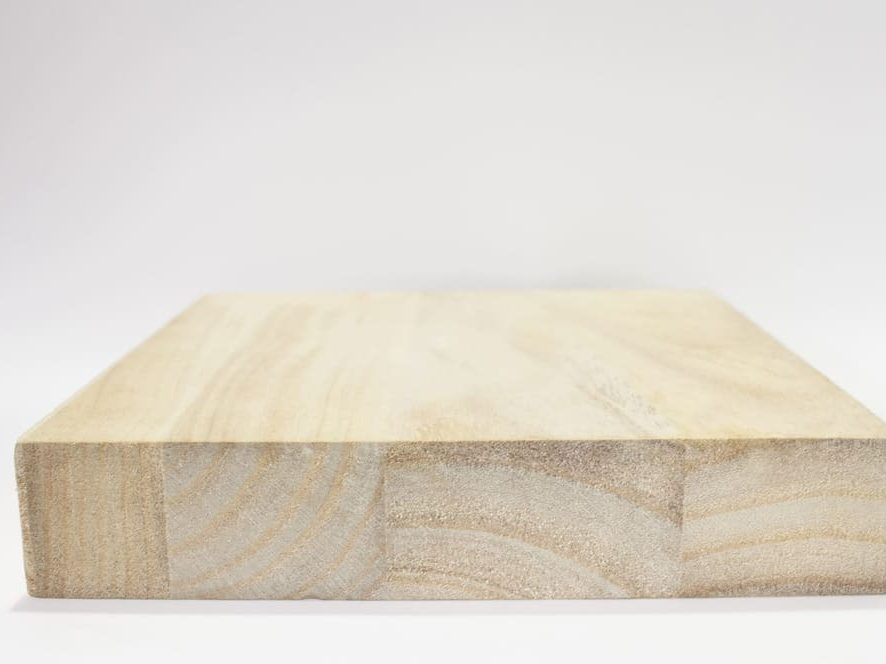In this post you will find all the information about Paulownia’s tree and the utilities of Paulownia’s wood. The physical and mechanical properties and its characteristics.
Índice de la página
What Is Paulownia?
The first thing is to answer the question of what is Paulownia ?. The paulownia’s tree is a leafy fast growing tree that belongs to the family of paulowniaceae, it is one of the deciduous trees leaf. It has its origin in Southeast Asia, specifically Chinese, it is also known as << Empress tree >>.
In its first year, the kiri, as it is commonly known in Japan, reaches 5 meters in height, this development being more typical of a plant than a tree.
This fact has a positive impact on our planet, since it greatly helps to combat climate change which nowadays it's something very valuable and to take into account.
A full growth paulownia tree captures 10 times more CO2 than the rest of the tree species thanks to its rapid growth.
On the other hand, we find that the Paulownia tree has the reputation of a miraculous tree because it purifies the soil where it anchors its roots and it is capable of sprouting up to six times once it has been cut.
The paulownia tree is resistant to pests and diseases due to low oil content and resins. It's leaves are big they can reach up to 35-40 cm. They are also rich in nitrogen and can be used as an alternative for feeding cattle.
Paulownia-Tree History
The history of the paulownia tree comes from China, however, it all started with the growth of the paulownia tree in Japan in which it is known as kiri !, many of us have heard about kiri, but not everyone knows that it refers to the paulownia.
Since the 2600s BC, Paulownia has been considered a sacred tree and a symbol of good luck. As a result, Asian countries created the tradition of planting this wonderful Paulownia tree after the birth of a daughter in the family. Afterwards on the daughter’s wedding day the tree's trunk was cut and a wooden box was made from it.
There was and still is a belief that if you plant a Paulownia tree in the house you will attract luck and happiness. It is incredible all the benefits that this tree has brought since its discovery, and above all it is spiritually wonderful.
Paulownia became Japan after 200 after Christ in the emblem of the minister's office in Japan, it is also represented in the Japanese 500 yen currency.
In 1823 Philip Franz Yon Siebold, a German naturalist , brought to Holland the kiri seed and he named it paulownia in honor of the queen of his country (Holland) Anna Pavlovna Romanova.
Since Ana already existed, she decided to use the patronymic of Ana in Greek terms, which is adopted as the second name in this case paulownia.
The same queen helped Philips to finance an expedition to Japan to learn more about this incredible tree. Later the naturalist together with Josef Zuccarini published the book flora japónica, where for the first time not only the European name of kiri was heard but also its properties, benefits and qualities.
As a consequence a cultivation of 2.5 million hectares of different types of paulowia started in China and 1.3 hectares were shared with other plants.
Surely you have encountered this tree on many occasions and have admired its beauty, since there is now Paulownia in Spain and around the world.
We are sure though that once you know more about the tree you will be captivated with its qualities. If you want to know more about the tree and the utilities of the Paulownia wood or Paulownia timber, keep reading what we have prepared for you.
Etymology Of The Word Paulownia
The term Paulownia originates from the tribute to Grand Duchess Ana Pavlovna of Russia (1795-1865), daughter of Tsar Paul I of Russia and wife of William II of the Netherlands. As for the main species, Tomentosa, it alludes to the fine tomentum that cover its leaves.
Types Of Paulownia Species
As of today, of the 26 species described in the database on the genus paulownia, there are only 7 of them accepted.
The most famous, which is the variety that we work with, is known as Paulownia Tomentosa. with characteristics that favor its planting more than other species such as are the Paulownia Elongata and Paulownia Fortunei, all of them belonging to the Paulowniaceae family. Below you will find the list of the 8 commonly accepted species.
- Paulownia Tomentosa
- Royal paulownia
- Paulownia Elongata (“elongated”)
- Paulonia Catalpifolia, considered by some to be a hybrid between Paulownia Tomentosa and Paulownia Elongata
- Paulownia Fargesii Franch
- Paulonia Fortunei
- Paulownia Kawakamii, known as the dragon sapphire.
- Paulownia Taiwaniana
Uses, Characteristics And Applications Of Paulownia
Paulownia Wood Uses And Characteristics
We do not forget that paulownia´s tree has a very noticeable commercial purpose. The paulownia or kiri wood has a light color with pink reflections and does not have knots and its main characteristic is its lightness, reaching an average density of around at 270 Kg / m3.
Apart from this, thanks to its porosity, Paulownia has great attributes such as its thermal and acoustic insulator. It is also a wood very resistant to humidity and putrefaction, and thanks to its easy handling, it's a material that users find to be very versatile and easy to handle. Besides this we can also assure that this type of wood also allows users to apply any type of stain, varnish, color or lasur.
As we mentioned before, Paulownia is a variety of wood that can add value to any final product which lightness is a relevant parameter.
In contrast, paulownia today can be found in all kinds of furniture (Masion Du Monde´s designers love it !) you also find it in items of decoration , cars motorhomes, boats and in all kinds of equipment used in water sports such as surfboards or skis.
The Paulownia tomentosa tree can also be found in musical instruments such as the guitar (acoustic or electric), in saunas and of course in all types of packaging, since it is ideal for the manufacture of wooden boxes. This is why the use of Paulownia´s wood is increasing every day.
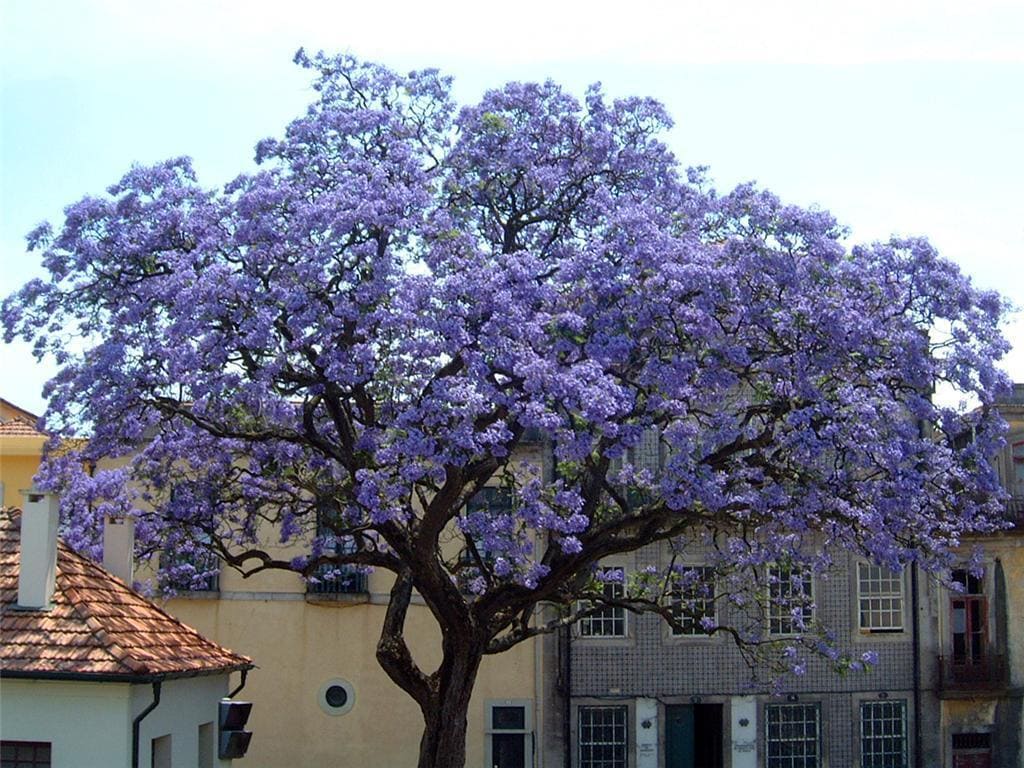
At the same time, thanks to the characteristics of this wood you can also find Paulownia in cladding, on acoustic panels, stands in bars mobile bar and even in medieval attractions for children, such as waterwheels. With Paulownia wood you can do anything!
Wooden shutters can also be made from paulownia as it also allows to be paint it in different colours. To conclude, we will say that we are dealing with a material that due to its characteristics adapts perfectly to an endless number of products.
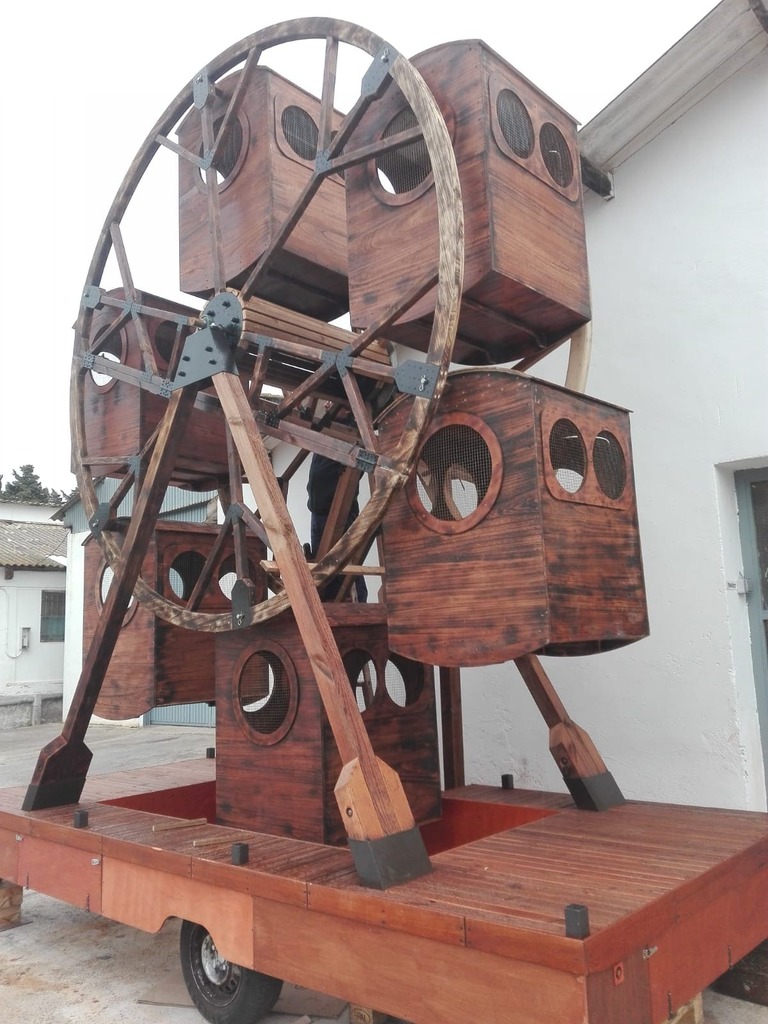
Uses And Characteristics Of Paulonia tree Flowers
Regarding the paulownia flowers, we would highlight its violet-white coloring , its flared shape of about 6-8 cm, the 5 lobes that always come with it and its characteristic aroma. We also should not forget the fact that this flower contains the very preciable nectar. melifera.
The amazing Paulownia´s flowers bloom in April or May. However around autumn, the kiri tree produces panicles (clusters) of flower buds that are covered in a velvety texture.
Once these panicles, or buds as you will read elsewhere, reach a considerable size, they carry out their opening , carrying out the action of flowering. This duration is short as the flowers remain open for a short period of time.In any case, flowering as a whole will take a longer time since not all flowers open at the same time.
Finally, comment that the paulownia flowers are edible by animals and in some countries they are also consumed by humans in salads.
Perfumery
The perfume industry was not going to be less. Seeing the attractive property that the paulownia flower has in terms of its fragrant aroma , there are several brands, such as Masaki Matsushima, that have not hesitated to incorporate it into one of their secret formulas .
They define the aroma as vanilla and slightly almond , valuing the containment of the piperonal substance, which is so relevant in the perfumery sector, very positively.
Paulownia Honey
Another characteristic that we have previously highlighted, is that the paulownia plant, regardless of its beauty, has excellent properties as a melliferous flower .
Therefore there are already several beekeepers from different countries who have managed to obtain honey from the paulownia flowers. in China its been used since ancient culture!
It is well known that it is possible to collect about 800 Kg of honey per hectare. Which sound amazing , however other factors have to be taken into account to actually be that successful . These may be the terrain or the climate in which the Paulownia plantation is found.
It has to be important to mention that the non-use of chemical products such as herbicides, allows us to obtain a totally natural and ecological final product of excellent quality, which we could classify as abundant, sweet and light.
By the way, many have been lucky enough to prove this honey and have found a resemblance between the honey of paulownia and the honey of acacia , especially in terms of color and consistency.
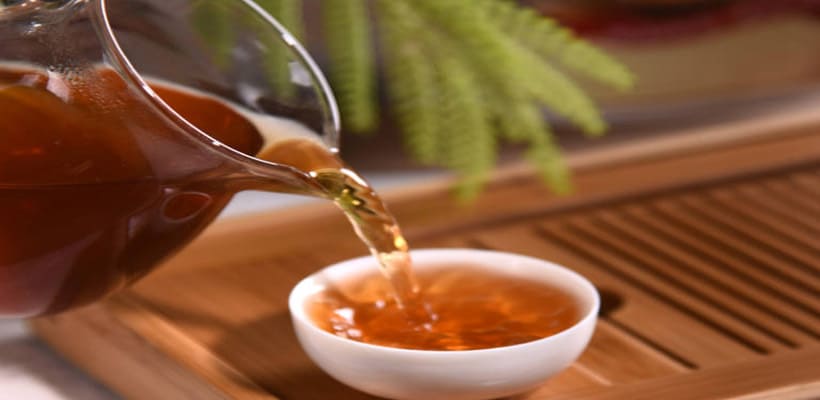
Food Use Of Paulownia Flower
We would not miss a dessert that can be found in several European restaurants, which is none other than a cone filled with cream, the cone is not a container but the flower of paulownia . Yes, something exotic, but at the same time appetizing, right?
Uses And Characteristics Of Paulownia Leaves
From Paulownia´s tree sprout o large and fibrous shiny green leafs during its first year of life (paulownia tree leaf). The diameter of the leaf's surface ranges between 60 to 80 cm. Because of its shape and rounded edges , some say that it looks like a heart.
Food Earned With Paulownia
Paulownia´s leaves are known to be used as food for livestock such as cows, goats, sheep, among others.
It has very peculiar and similar qualities to alfals, since it contains around 20% of the proteins in fresh and about 12% in the hay, the name given to the forage conservation process.
The highest percentage of protein content will logically be found in the youngest paulownias, close to the year.
Therefore, if they want to obtain greater biomass with the aim of feeding livestock, it is recommended to have a separate plantation to collect the crop in late summer to be able to get a higher quality of biomass.
Regarding the amount of forage that can be obtained annually per hectare, it is estimated that its between 35 and 40 tons of raw material.
Therefore, we are facing a high performance whose easy availability means that this food is obtained at a low cost , a factor more than important in the livestock world when wanting to choose forage for livestock.
Paulownia In Cosmetics
Cosmetics its a term that integrates a cosmetic and pharmaceutical products.
Nowadays Paulownia´s leaves are beginning to be incorporated in some of these products since it contains substances that can benefit the functioning of the kidney, liver, or bladder and also help those with lung problems.
China, has known the properties of paulownia leaves for years, the pharmaceutical industry incorporates it as one more element in the manufacture of medicines, creams and perfumes.
Uses And Characteristics Of Paulownia tree Seeds
The membranous and winged paulownia seeds are very light and soft. Their shape looks like almost like a butterfly and their size it's about 2-7 mm long which made them an ideal equipment for packing in the past. Chinese porcelain exporters commonly used it in the 19th century, before polystyrene hit the market.
Characteristics Of The Fruits Of The Paulownia
Elongated ovoid- shaped wooden capsules up to 4 cm with numerous seeds inside form the fruit of the paulonia.
Characteristics Of Paulownia Roots
Paulownia royal empress tree roots consist of a powerful, large anchor to prevent the erosion of the soil. In addition, thanks to the ability to regenerate roots, this is a tree that survives even to some fires.
Another point on its favor is the depth of its roots, since they give the tree greater stability and have greater tolerance to be pull down by the wind .
Paulownia Tree Sustainability
Regeneration
The uniqueness of the sustainability of the paulownia lies in the fact that the tree does not require replanting because regeneration.
After cutting down the tree, it regenerates by itself. So it is indeed an ecological tree.
The root's lifespan is 70-100 years and can last anywhere from 4 to 8-9 eight-year cycles as an adult, making it an amazing opportunity to replant without spending on new plantings and crops.
Also the trunk can be cut at any time during the year, it does not matter season or short harvest periods, which usually affects other tree species.
The Tree That Produces The Most Oxygen

The Paulownia has a large area dedicated to photosynthesis, mainly because its has large leaves. That obviously allows the tree to be able to help with the transformation of carbon dioxide into oxygen.
Also, apart from this the fact that it has rapid growth. Makes this tree very important for the fight against climate change as when this tree converts carbon dioxide into oxygen the rate it's up to 10 times higher than other species.
That is why in recent years Paulonia has begun to be planted in certain European cities to combat excess pollution in certain parts of cities.
If we sum up its regeneration to this, we could say that Paulownia is the most sustainable and ecological tree in the world.
Spread
A single paulonia or kiri tree can produce up to twenty million seeds each year this results in a great plant reproduction as it disperse by wind and water very easily .
That is why in large plantations it has to be controlled so that the species does not go from being sustainable Paulownia to devastating Paulownia.
In gardens where there are few specimens of planted kiri, this invasive spread has not been detected. In the first year of the tree this type of problem does not exist since it reaches the height of a large bush.
Paulownia Hybrid And Sterile In Spain (Different Varieties Of Clones)
Lorenzo García, a biologist, introduced paulonia in Spain in 2002, he point out the invasions of the plant but with one important caveat. "Nothing is good or bad, it depends on how it is used," he says. And he has developed a hybrid of 'elongata' and 'fortunei', two varieties of 'Paulownia' whose seeds are sterile .
According to the Valencian Government, the clone produced by Lorenzo García the director of research and development of Cotevisa a Valencian company dedicated to the genetic improvement of crops. This seeds "does not pose any risk of colonization and displacement of native flora."
There are 17 varieties . Some, like the ' tomentosa ', are invasive, but others are not. There are people who are skeptical with so many precautions. As much as there are sterilized seeds, it has been shown that in the long run that does not work. At some point a seed can sneaked away and start the invasion.
Types Of Paulownia Wood Boards
You can get different paulownia wood boards for carpentry from the tree . They can be in different formats such as joist, plank, slatted board, plywood board, three-layer board, sheet metal ...
The kiri wood has unique characteristics, and its surprises people with the properties of the different boards.

Beams
Paulownia small beam that supports the floor slab or parquet. It is a strong longitudinal precast element, designed to withstand loads produced in floor slabs or roofs.

Plank Or Sawn Wood
It is a flat, elongated and rectangular piece of sawn wood, with parallel faces, longer than it is wider , therefore it is used in the construction of boats, houses, bridges, etc.
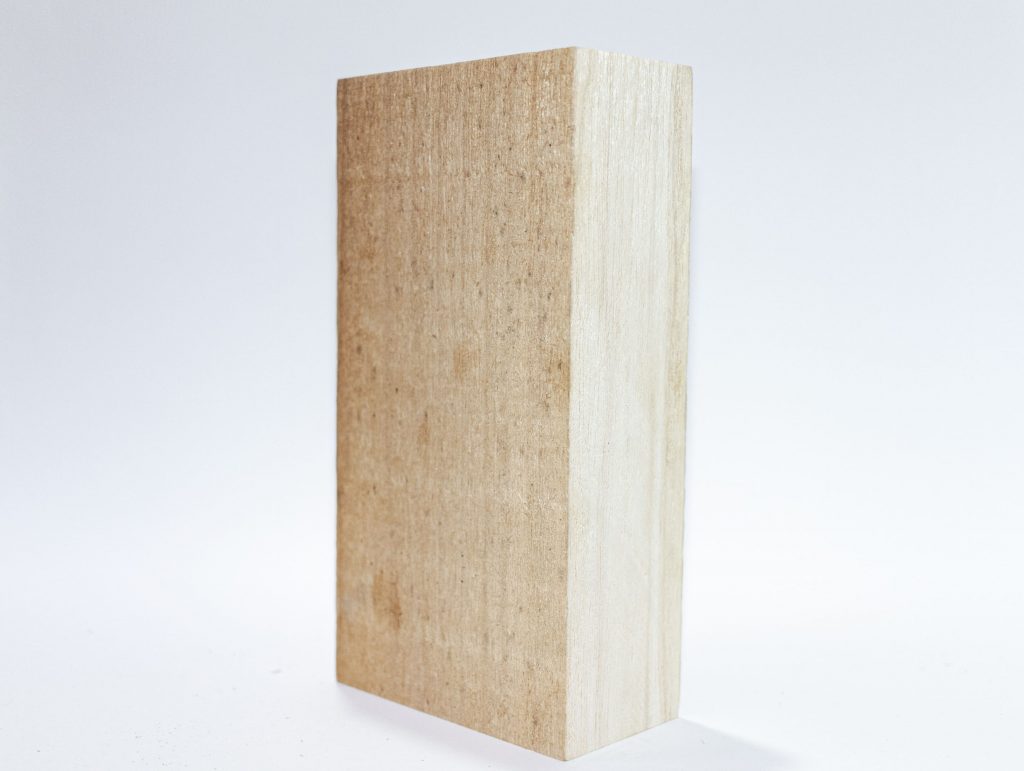
Slatted Board or Edge glue board
It is a board formed by joining slats of different widths of kiri, selected by hand and glued laterally, as a whole form a practically handmade monolayer board.
In addition, its pink reflections and its smooth knot-free surface make the slatting an ideal piece for the manufacture of any type of wooden furniture.

Plywood Board
It is a board made up of several thin layers of paulownia wood intertwined and glued together, forming an exclusive paulownia plywood.
This board has the peculiarity of being resistant as well as light, whose sheets have been obtained by unrolling.
In short, the versatility of this board fits perfectly both in the naval sector and in the automotive sector.
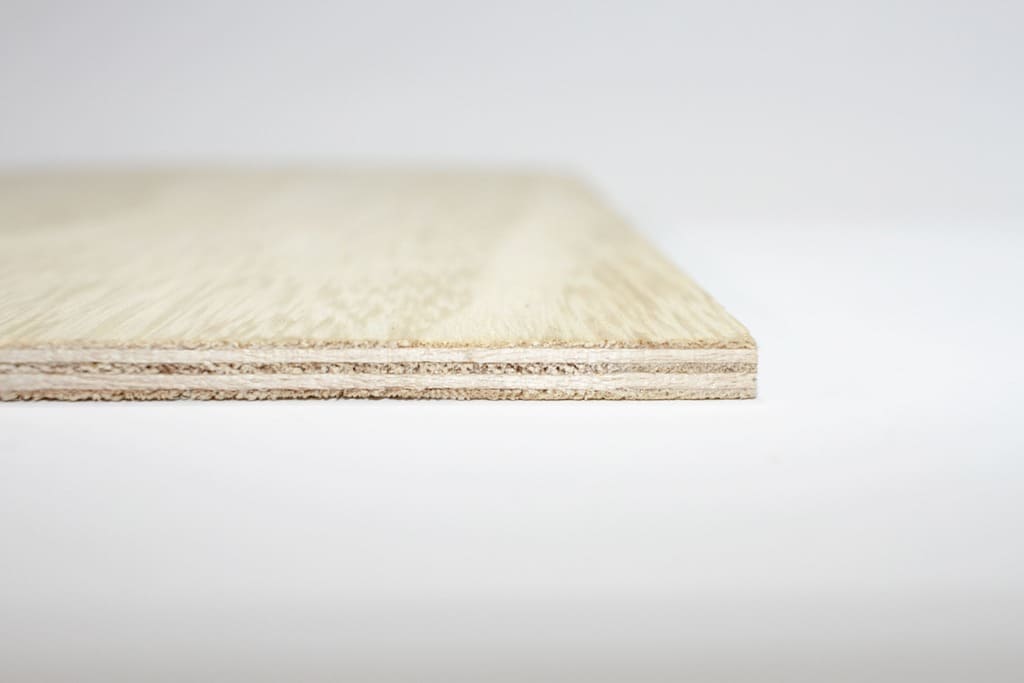
3 Ply Board
It is a board with three layers of wood glued together, the two outer ones in a longitudinal direction, and the inner one in a transverse direction.
This board gives much more resistance and strength than a slatted board which makes it the best selection depending on the need of the projects.
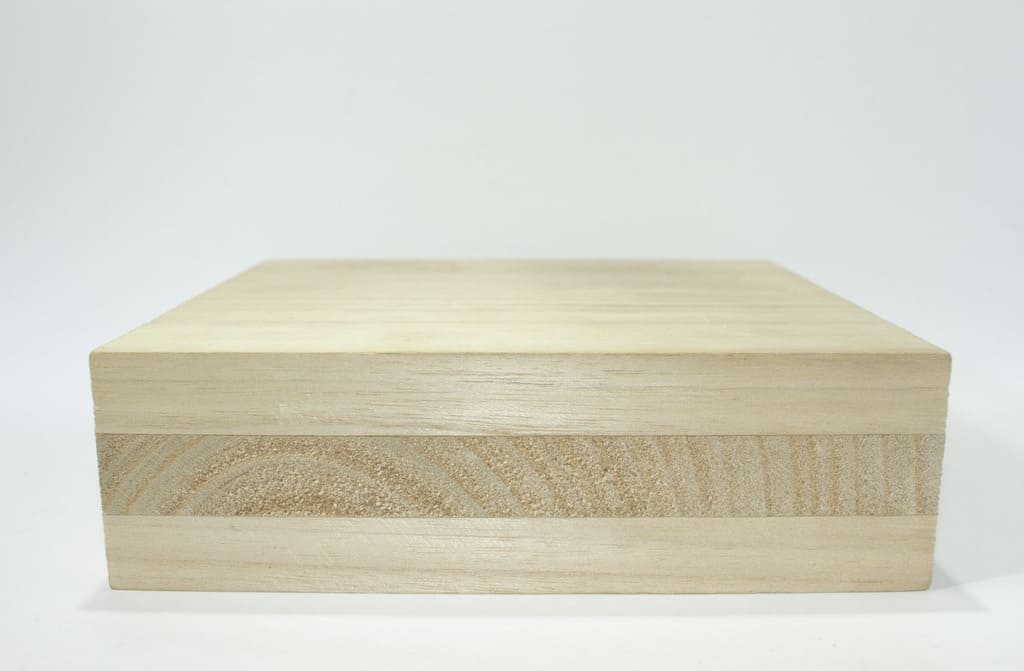
Paulownia tomentosa Wood Veneer
Paulownia veneer can be obtained by two methods: flat and unrolled.
Unroll : The trunk is rotated in front of a blade, so that the sheet comes out. It is the most widely used method.
To the flat : The trunk is fixed and a blade makes passes to obtain the sheet.
Finally, the positive part of the veneer is that you can reject other materials and not have to use as much wood. It is a very good thing for strange species.

Physical And Mechanical Properties Of Paulownia Wood
Thanks to INCAFUST's advanced technological services , we can certify that paulownia wood meets the following specifications in terms of both physical and mechanical properties:
Properties And Physical Characteristics Of Paulonia Wood
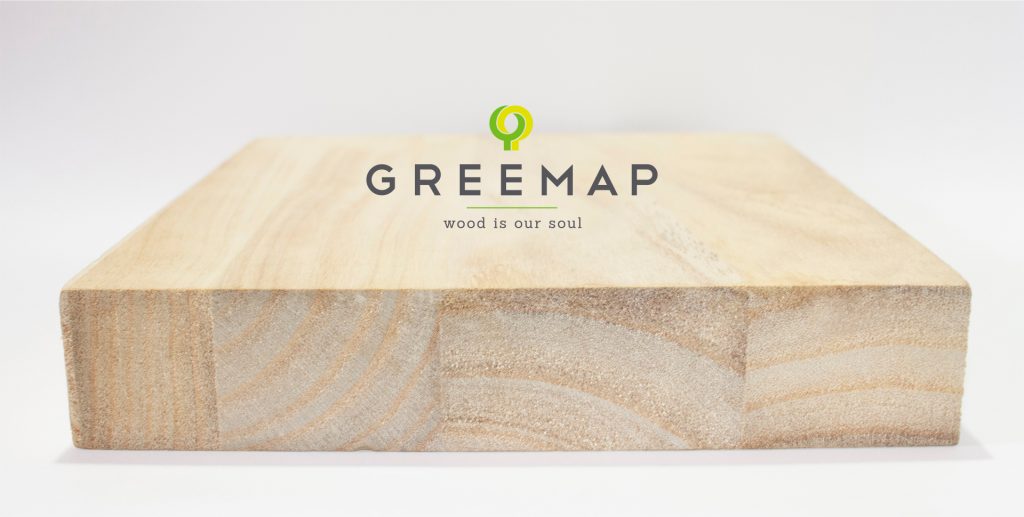
Density
Bulk density at 12% humidity 270 Kg / m3. Very light wood.
Dimensional Stability:
-4.12 % volumetric contraction . Small shrinkage.
-0.14 % volumetric contraction coefficient . Little nervous wood.
According to the UNE 56540: 1978 standard, the classification of volumetric contraction and the coefficient of volumetric contraction is as follows:
| Volumetric shrinkage Cv in% | Class |
| 15 - 20 | Great shrinkage |
| 10 - 15 | Average shrinkage |
| 5 - 10 | Small shrinkage |
| Volumetric shrinkage coefficient v in% | Class |
| 0.75 - 1 | Very nervous |
| 0.55 - 0.75 | Nervous |
| 0.35 - 0.55 | Mildly nervous |
| 0.15 - 0.35 | Little nervous |
- Hygroscopicity of 0.0027 Kg / m3. Weak .
According to the UNE 56540: 1978 standard, the hygroscopicity classification for wood at 12% humidity is as follows:
| Hygroscopicity | h |
| Weak | 0.0015 |
| Normal | 0.0030 |
| Strong | 0.0050 |
What is hygroscopicity and what is it trying to measure?
Hygroscopicity in wood is the ability of wood to absorb atmospheric moisture found in the environment around it.
For its measurement, it tries to measure the swelling or the decrease that the wood suffers when it varies its moisture content.
Properties And Mechanical Characteristics Of Paulownia Wood
- Static flexural strength: 344 kg / cm2
- Modulus of elasticity: 31,962 kg / cm2
- Axial compressive strength: 236 kg / cm2
Where To Buy Paulownia? Paulownia Wood For Sale
At this point, if you need to buy Paulownia wood , just click on the button below where it says Contact.
You just have to tell us what measures you need and where you are, we will advise you on the best option according to your needs, whether its a board or complete pallets.
